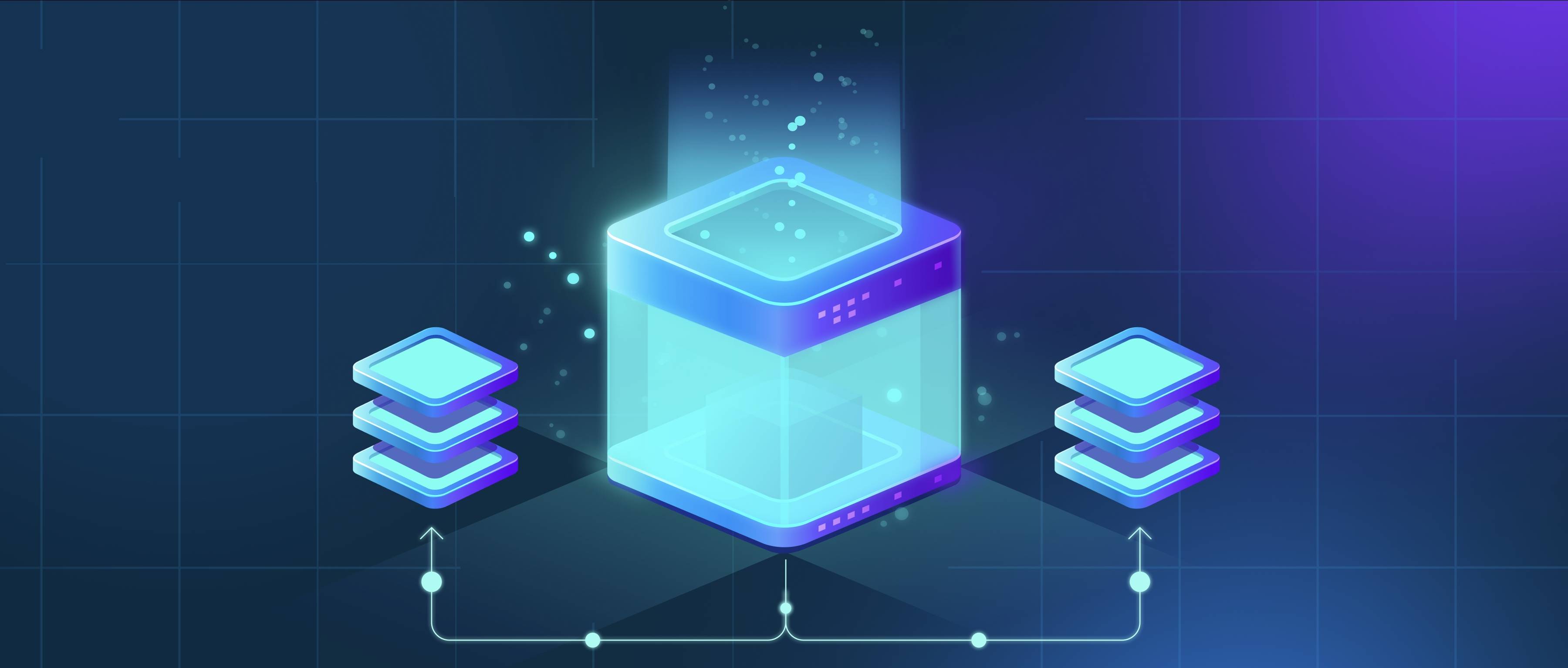An RAG (Retrieval-Augmented Generation) vector database is a specialized database that supports retrieval-augmented generation workflows. RAG combines the strengths of retrieval systems and generative AI models to produce contextually accurate and enriched responses.
The database stores high-dimensional embeddings of unstructured data, such as text, images, or audio, generated by AI models. During a query, the system retrieves the most relevant data from the database using similarity search, often based on metrics like cosine similarity. The retrieved information is then passed to a generative AI model (e.g., GPT or BERT) to craft a contextually relevant response.
For example, in a customer support chatbot, the RAG system retrieves relevant product documentation from the vector database and uses a generative model to provide precise answers to user questions.
RAG vector databases are widely used in applications like semantic search, knowledge management, and personalized recommendations. They enable systems to access real-time, domain-specific information without requiring the generative model to store all knowledge internally, improving scalability and reducing hallucinations.
Popular tools for building RAG workflows include Milvus, Weaviate, and Qdrant. These databases are crucial for deploying AI systems that need accurate, context-aware, and up-to-date outputs.
